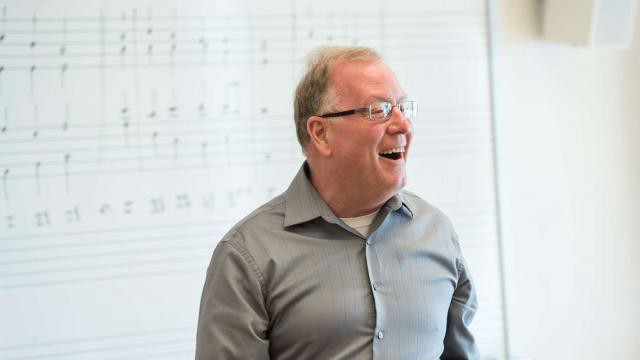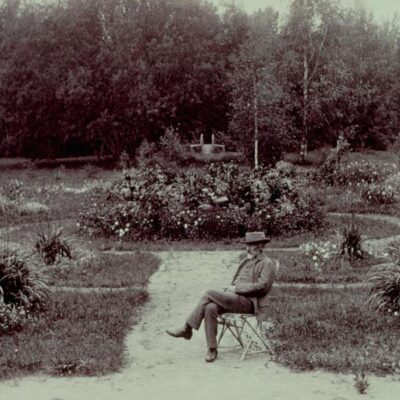The California Symphony’s May 6 season finale includes the world premiere of Balch’s “like a broken clock”

We caught up with Composer-in-Residence Katherine Balch to learn more about like a broken clock, the first of three pieces she will deliver during her three-year residency with the California Symphony. Balch beat out 130 other applicants in a newly revamped, “blind” selection process to win the highly-regarded, highly competitive residency, and she is the first woman composer to take up the position in the program’s 26 year history.
The title of the piece receiving its world premiere in Walnut Creek on May 6 is inspired by a line in a song called “In California,” by singer-songwriter Joanna Newsom:
Sometimes I am so in love with you
(Like a little clock
That trembles on the edge of the hour
Only ever calling out “Cuckoo, cuckoo”)
— From “In California” by Joanna Newsom
CSO: Why is the title like a broken clock all in lower case?
KB: The title is in lower case in reference to the Joanna Newsom lyric and also because to me it signals that this piece is part of a larger whole that deals with the musical ideas I’m interested in right now, which often cross pollinate my music.
CSO: Your composition process involves a lot of drawing and sketching. As simply as possible(!), can you explain what this graphic is and how it relates to the piece?

KB: Usually, my process for writing a piece begins with a lot of generating / sketching out musical ideas, and then at a certain point I try to imagine the piece as a whole in my head.
This drawing is a representation of the whole piece, and guides me as I through-compose the material. I think very visually, so representing sounds with colors and shapes helps me remember them as I begin the process of “transcribing” the sounds in my imagination to the page.
CSO: You flew out from New York for your first rehearsal reading with the California Symphony in January. Did you make any adjustments to the score as a result? What did you learn from the experience?
KB: Yes, I made a ton of changes! I was so surprised how helpful and informative a half-hour of reading could be. Listening back to the recording helped me make a million tiny adjustments to the score (dynamics, balance, doublings, simplifying) and also some larger ones (I changed the end and added about a minute of music). It also helped me add in orchestration details and filter out extraneous ones.
I am so grateful to the orchestra for helping me make this a better piece! I am a compulsive revisor, and it’s such an unusual experience to get the chance to make revisions before a premier performance like that.
“Katie’s approach to composition is full of inventiveness and whimsy. I think our audience will not only hear the implications that the title of the piece implies, but will also be surprised by how she goes about creating these sounds.” — Music Director Donato Cabrera
Balch’s piece—the “something new” in a season finale concert entitled Something Old, Something New — receives its premiere on Sunday, May 6. The “somethings old” on the program are supplied by Sibelius’ Symphony №3 and Brahms’ Piano Concerto №2, played by piano virtuoso Haochen Zhang.
For more information, please visit californiasymphony.org.


